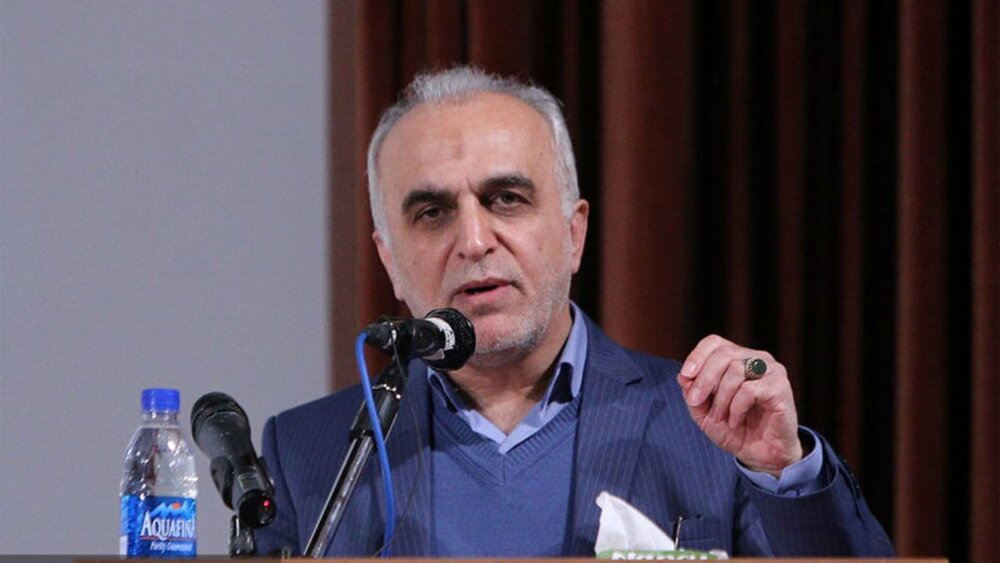
Iran’s 10-month liquidity growth at 28%: fin. min.

As reported by ILNA, Dejpasand noted that the government hasn’t resorted to the banking system to meet its budgetary needs.
“Considering the current situation in which the country is under pressure from the unjust U.S. sanctions, the governmental assets should be used as leverage for growth,” he stressed.
He further mentioned a program for reforming the country’s banking system and said, so far 125 trillion rials (about $2.9 billion) worth of stocks and 65 trillion rials (about $1.54 billion) of excess assets have been sold by the country’s major banks.
Over 54 percent of the facilities which the country’s banking system has provided for the domestic economic sectors have been working capital loans.
In early January 2020, deputy economy minister for banking and insurance, Abbas Memarnejad announced that Iranian banks had managed to sell 150 trillion rials (about $3.57 billion) worth of their excess properties following the government plan for pruning the country’s banking system.
According to the official, based on the mentioned plan, banks are obliged to sell 400 trillion rials (about $9.5 billion) of their assets in order to reform the banking sector.
The mentioned assets are highly diverse and include a variety of data-x-items like lands, companies, firms, and shares, each group of which is being sold on its own terms and conditions, Memarnejad said.


Trump weighs using $2 billion in CHIPS Act funding for critical minerals

Codelco cuts 2025 copper forecast after El Teniente mine collapse

Electra converts debt, launches $30M raise to jumpstart stalled cobalt refinery

Barrick’s Reko Diq in line for $410M ADB backing

Abcourt readies Sleeping Giant mill to pour first gold since 2014

Nevada army depot to serve as base for first US strategic minerals stockpile

SQM boosts lithium supply plans as prices flick higher

Viridis unveils 200Mt initial reserve for Brazil rare earth project

Tailings could meet much of US critical mineral demand – study

Kyrgyzstan kicks off underground gold mining at Kumtor

Kyrgyzstan kicks off underground gold mining at Kumtor

KoBold Metals granted lithium exploration rights in Congo

Freeport Indonesia to wrap up Gresik plant repairs by early September

Energy Fuels soars on Vulcan Elements partnership

Northern Dynasty sticks to proposal in battle to lift Pebble mine veto

Giustra-backed mining firm teams up with informal miners in Colombia

Critical Metals signs agreement to supply rare earth to US government-funded facility

China extends rare earth controls to imported material

Galan Lithium proceeds with $13M financing for Argentina project

Kyrgyzstan kicks off underground gold mining at Kumtor

Freeport Indonesia to wrap up Gresik plant repairs by early September

Energy Fuels soars on Vulcan Elements partnership

Northern Dynasty sticks to proposal in battle to lift Pebble mine veto

Giustra-backed mining firm teams up with informal miners in Colombia

Critical Metals signs agreement to supply rare earth to US government-funded facility

China extends rare earth controls to imported material

Galan Lithium proceeds with $13M financing for Argentina project

Silver price touches $39 as market weighs rate cut outlook

















